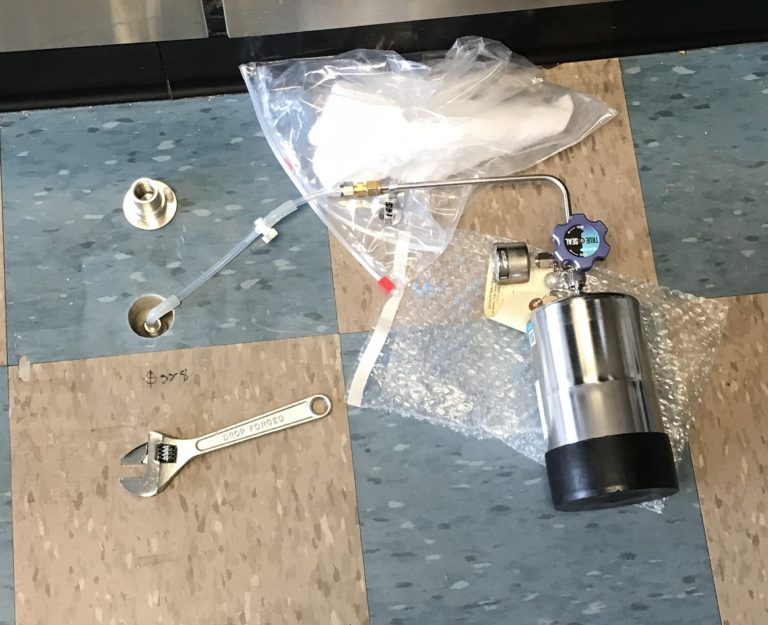Similar Posts

Thermosphere
Thermosphere Thermosphere: The thermosphere of a terrestrial planet is the fourth and final member of the atmosphere. On Earth, the thermosphere starts atop the mesosphere at approximately 85 kilometers above mean sea level. The upper limit of the thermosphere is reasonably presumed to terminate approximately 95 kilometers above mean sea level. In fact, most of…

Environmental Geology
Environmental Geology Environmental Geology: (en·vi·ron·men·tal ge·ol·o·gy) a branch of geology that relates to the impact of human activity on Earth, and the pollution of geologic formations, reserves, and resources. Common focus points of environmental geology are contaminated soil, groundwater aquifers, lakes, rivers, and the ocean. Professional geologists assess and remediate contamination plumes in all media,…

Oblique-Slip Fault Definition
Oblique-Slip Fault Oblique-Slip Fault: In geology, an oblique-slip fault is a fault that moves parallel to the strike or dip of the fault plane.

Mesosphere
Mesosphere Mesosphere: The mesosphere of a terrestrial planet is the third member of the atmosphere. On Earth, the mesosphere starts atop the stratosphere at approximately 50 kilometers above mean sea level and terminates roughly 85 kilometers above mean sea level. The mesosphere is where most meteors burn to determination. Like the stratosphere, the air in…

Methane Mitigation Soil Gas Pressure Sensor
Methane Mitigation Soil Gas Pressure Sensor Methane Mitigation Soil Gas Pressure Sensor: A Methane Mitigation Soil Gas Pressure Sensor is a device that measures and communicates sub-slab soil gas pressure to a methane control panel system. High levels of methane soil gas then trigger the integrated methane alarm system to notify occupants of danger. Much…

Liquefaction
Liquefaction Liquefaction: Liquefaction is the process by which there is: (1) a sudden and significant decrease of shear resistance in a soil sample (cohesion-less); (2) a sudden (but temporary) increase of the pore-water pressure of a substance; and (3) a solid mass of soil that is transformed into a fluid state mass. In the event…
